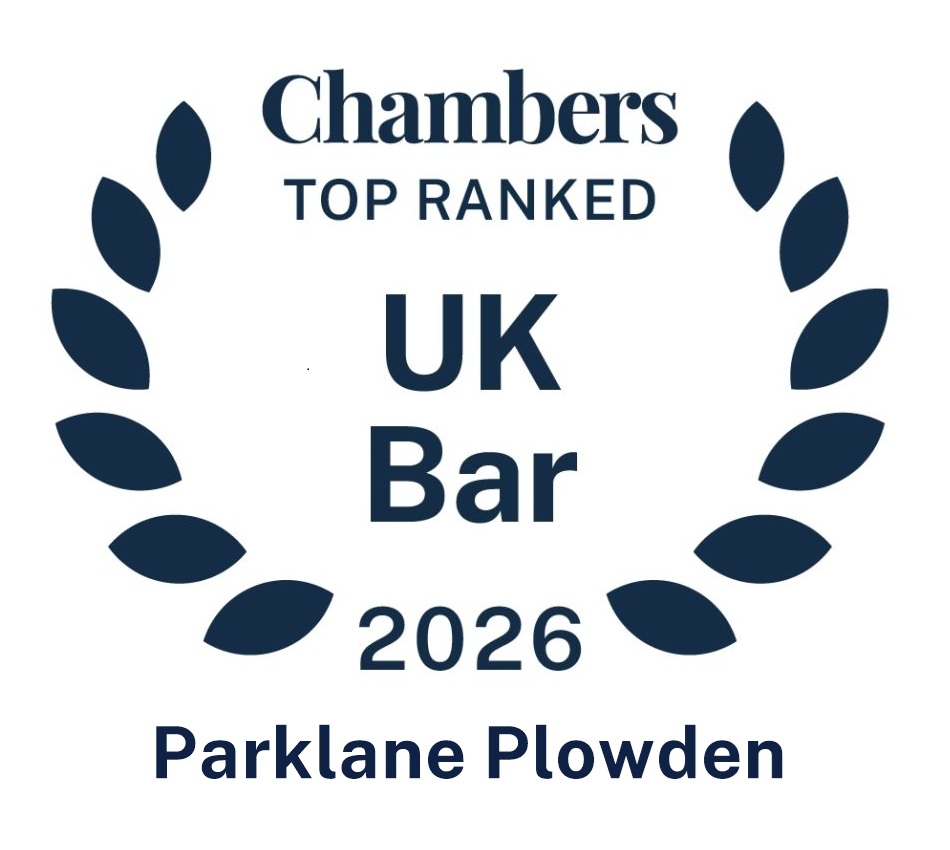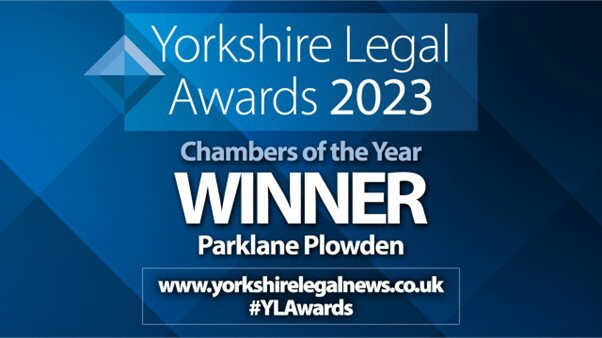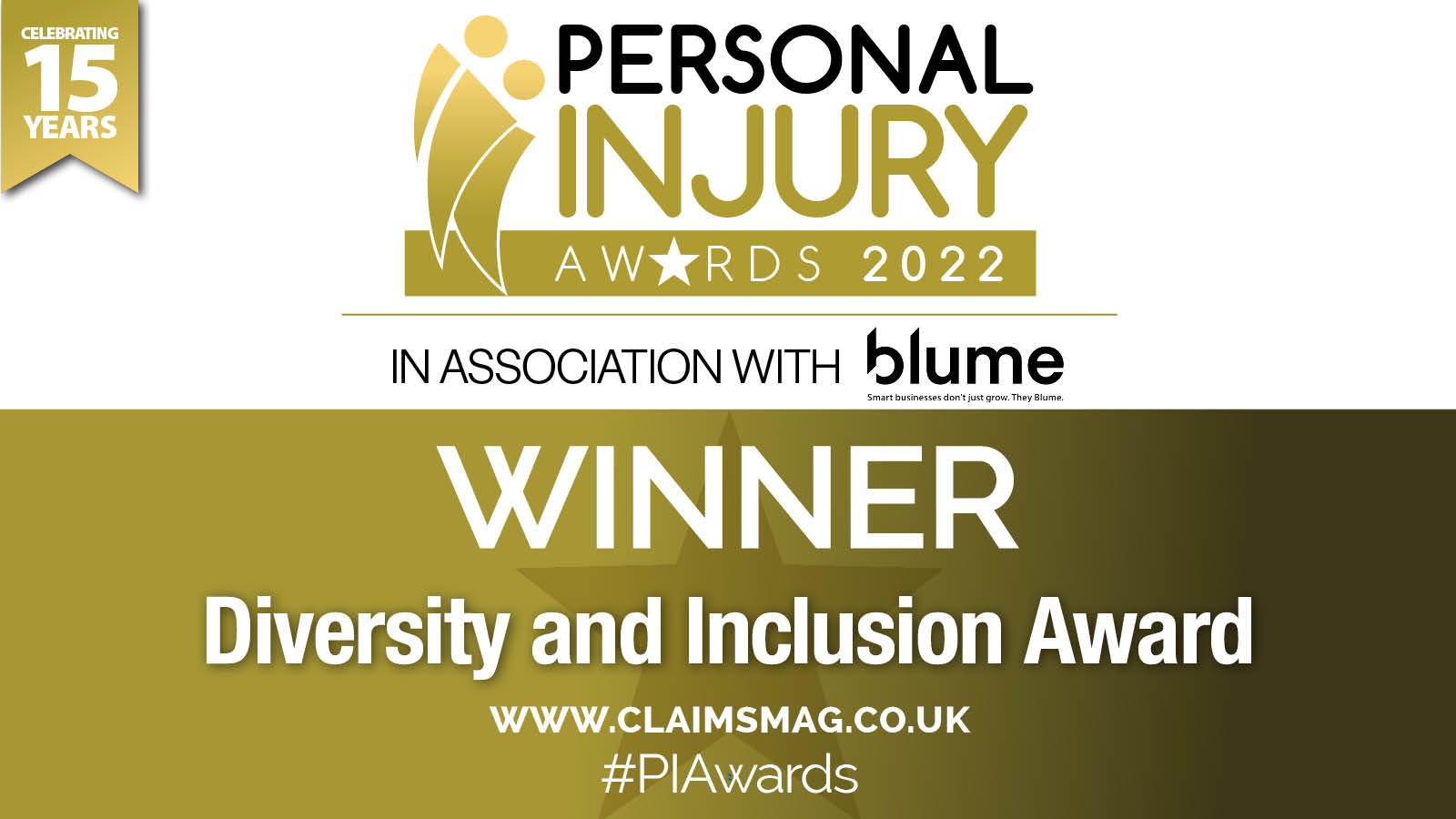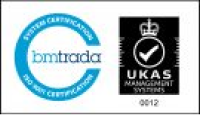Pathfinder Launch – 16th May 2025

- This handout provides a practical summary of the Pathfinder model which will commence for all cases issued from the 3rd of June 2025 in West Yorkshire (Leeds, Bradford and Huddersfield). This handout is aimed to help barristers, solicitors, and all professionals involved in private family law.
What will Pathfinder mean?
- Pathfinder’s commencement from 3rd June will in West Yorkshire mean an end to the existing Child Arrangements Programme (CAP) until at least March 2026 and, if it goes onto be permanently implemented, forever.
- The rules and guidance are set out in: https://www.justice.gov.uk/courts/procedure-rules/family/practice_directions/new-practice-direction-36z-pilot-scheme-private-law-reform-investigative-approach
- The intention is that Judges will adopt a proactive, inquisitorial approach, often referred to as a ‘lean in’ model. This problem-solving approach will be familiar to many as mirroring that adopted in the well-established FDAC courts. That approach will be at the forefront of the court’s mind in dealing with private law applications under the pilot. Where cases are allocated (at GK1 and GK2 Gatekeeping hearings) to the adjudication track and listed for a determination hearing, the expectation is that the parties will engage the problem solving approach and avoid an adversarial approach to the litigation that sadly became all too familiar under CAP. Beginning this with Judge led conciliation before any submissions is a significant feature of the adjudication track and the problem-solving approach. It is not like the conciliation that takes place at a FHDRA. It is informed by the CIR and the IDVA service where domestic abuse is a feature of the case. Those assessments allow the court to take an evidence-based approach to problem solving and helping the parties to reach agreement.
- That judge led conciliation is recorded as an essential component of the decision hearing in the Gatekeeping order and is ordered to take place before submissions or evidence is heard in the anticipation that settlement is possible.
- Experience in the early pilot areas establishes that it is effective on refocusing the parties on the children and their welfare and what is achievable within the life of the proceedings. It is also worth noting that by virtue of FPR 2010 Rule 1.4(g) it has for quite some time already been part of the court’s duty to help the parties settle the whole or part of the case.
- In each case allocated at Gatekeeping to the adjudication track a single Child Impact Report (CIRs) is ordered and prepared by CAFCASS. The CIR replaces safeguarding letters and Section 7 reports, the idea is that this is placing the child’s voice at the forefront of proceedings.
- The Pathfinder process begins when an application (C100 or C1A) is issued.
- The court reviews the application and sends an order to Cafcass (Day 1).
- Safeguarding checks are requested and completed within seven working days.
- The case is allocated to a Family Court Adviser. The level of intervention is decided and reviewed by a Cafcass manager.
- If a full assessment is required, the FCA completes a Child Impact Report within 40 working days, minus the seven used for screening.
- Children are seen (if it is decided it’s a good idea) in person within 15 working days from allocation. In pilots elsewhere 67% of children were seen (compared to just 30% of children under the CAP being seen at any stage)
- The child’s views and their views on the recommendations appear early in the CIR. CIRs provide recommendations upfront, with consent, photographs. CIRs differ from Section 7 reports by beginning with the child’s lived experience, not parental narratives. safeguarding, agency input, and direct work findings are integrated into one report. The focus is analytical, with less emphasis on conflicting narratives.
- In cases where domestic abuse is a feature, IDFIS (Independent Domestic Violence and Family Support) workers support those who say this is a feature during proceedings. They provide Cafcass with structured assessments and insights into what they have called ‘primary victim dynamics.
- The theory is that these front-loaded assessments enable faster and better-informed decisions.
- The need for any Fact-finding hearings is reduced due to early risk identification and intervention.
- The CIR informs the Decision Hearing. This Decision Hearing replaces the traditional First Hearing Dispute Resolution Appointment (FHDRA). The intention is that Final orders can be made or further directions given at that Decision Hearing. NB the intention is that this Decision Hearing is – just as it sounds – in many cases the one and only hearing – so one at which a Final Order maybe made
- Until Pathfinder has ‘bedded in ‘practitioners should be alerted to risks inherent in how CIRs are prepared – for example where a child is interviewed at the resident parent’s home, especially if that parent is present or nearby. The setting may influence the child’s responses due to perceived pressure, loyalty conflicts, or coaching. Best practice recommends conducting interviews in neutral settings and without the resident parent present, using open-ended and non-leading questions but there is no guidance currently published suggesting that these interviews are conducted neutrally so it maybe that they are not.
The Pilot findings
- In other areas where the pilot schemes have operated the average case conclusion time under Pathfinder was 16 weeks, compared to 67 weeks under CAP. There are no reported statistics yet of what proportion of those cases ended with one parent having no contact or any other statistics on outcome yet available.
- Only 1–2 fact-finding hearings were listed per area during the pilot quarter.
- It is suggested that Children participate earlier and more meaningfully in proceedings under Pathfinder.
- As there are fewer hearings, it’s important to understand that this first ever hearing may well also be the last and so it is essential to make it count – judge led conciliation is intended to settle the case, if it doesn’t then submissions should be far more focused on the intended result and child-centred. Representatives and their Clients should be prepared for early child engagement and potential judicial conversations leading to a final order at this first ‘Decision’ hearing.
Have there already been appeals in Pathfinder cases in earlier pilot areas?
- Re A and B Neutral Citation Number: [2024] EWFC 284 (B)/ https://www.bailii.org/ew/cases/EWFC/OJ/2024/284.html was a case decided in Wales ( where Pathfinder started on 29th April 2024) the issue was whether the children should go to a school in Wales or in England .
- The order appealed was against a decision of the lay justices ordering the children to attend a school not recommended in the Child Impact Report (CIR). Procedural and analytical failures in handling a Pathfinder adjudication track case were identified.CIRs under Pathfinder are not s.7 reports but carry substantial evidential weight and they are usually the primary welfare evidence in Pathfinder adjudication track cases. Courts must not disregard a CIR without clear, reasoned justification. Effectively -A CIR recommendation should be followed unless a “good reason” for departure is clearly stated and supported by evidence. In this case no reasons were given for departure from that recommendation. Further, the welfare checklist (Children Act 1989, s1(3)) must be actively considered. Lay justices in this case failed to analyse or balance the children’s differing views, or the practical impact on each parent. Courts should either expressly or clearly implicitly address the welfare checklist when determining outcomes.
Procedural Fairness and the CIR Author
- A further issue in the case was that the father’s solicitor unilaterally contacted the Cafcass officer with questions post-GK2, without court permission or prior disclosure to mother. The response was disclosed only on the morning of the hearing. Parties must not bypass case management directions. Any challenge to the CIR must be: Made within 7 days of GK2 by applying to vary the order, and the party either seeks the officer’s attendance, or requests permission to pose written questions.
Judge-Led Conciliation Is Mandatory in the Adjudication Track
- The most important failing however in this case was the failure to have judge led conciliation which the adjudication track requires before submissions or evidence. In this case, it was entirely missed, undermining Pathfinder’s problem-solving ethos.
Practice Point:
- Parties and judges must ensure conciliation takes place, unless it is considered inappropriate after submissions; and that decision is clearly recorded with reasons.
GK2 Orders and Variation Rights
- GK2 hearings are conducted by the court on paper. The order:
- Sets the track (e.g., adjudication),
- Limits evidence,
- States whether the Cafcass officer will attend.
- Parties have a 7-day right (under FPR r.4.3) to apply to vary a GK2 order.
- Practitioners must advise clients of this right, especially where evidence may need expanding.
Departure from CIR Requires Active Judicial Engagement
- Judges must not just identify perceived flaws in the CIR—they must:
- Resolve evidential disputes themselves,
- Fill gaps using available parental evidence, or
- Seek further input where necessary.
A court cannot substitute analysis without clearly showing how it reached its conclusion.
Pathfinder encourages: Problem-solving, non-adversarial approach, Front-loaded investigation via CIR, Avoidance of escalation into contested residence litigation. All professionals must work to reduce conflict and avoid missing procedural steps that can widen disputes and increase harm to children.
Is there a viable alternative to Pathfinder in a Private Law Children case?
- Time will tell how Pathfinder fits in West Yorkshire. Non court based dispute resolution (NCDR) offers alternatives to Pathfinder such as mediation or arbitration or both together – med-arb where mediation resolves as much as possible with an arbitrator then making a decision on the matters that remain in issue.
- For a fully reasoned judgment in any dispute over for example – live with/spend time, relocation, choice of school cases, specific issue order – the alternative to court under Pathfinder is to refer the case to an arbitrator or ‘private judge’ for a binding and reasoned decision by Arbitration . Referral is under the Children Scheme to the Institute of Family Law Arbitrators ( IFLA) for Arbitration: https://ifla.org.uk https://ifla.org.uk/search-for-an-arbitrator/
- The equivalent of an indication by way of private FDR in a children case may also be a prudent move – ‘Early Neutral Evaluation ‘– involves consideration and indication on the merits of a case by an experienced barrister or solicitor pre-issue so there is a realistic view of the outcome.
- For further information about any of the above please contact Julia.Nelson@parklaneplowden.co.uk










